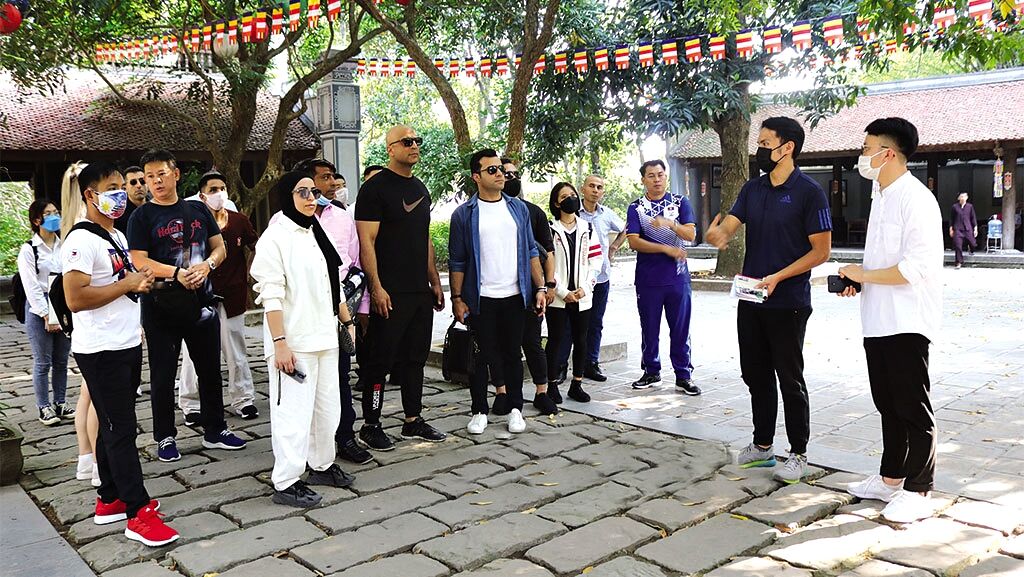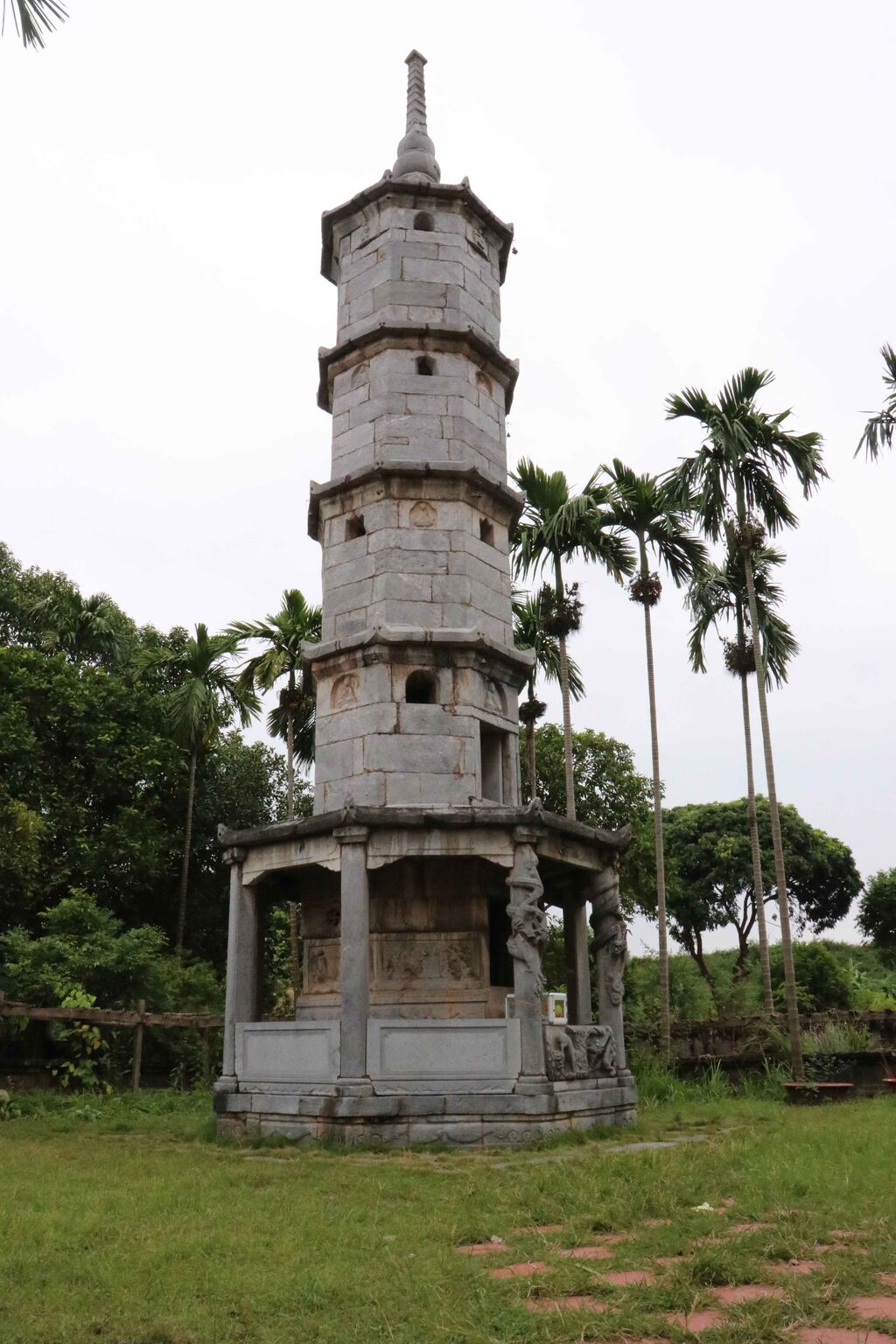Located in the Red River Delta, Bac Ninh is known for its pagodas and worship sites where Buddha statues and priceless antiquities are kept. The locality is an ancestral cultural center of Vietnam.
>> Vinh Nghiêm and Bô Dà, two essential pagodas in Vietnamese Buddhism
>> Vietnamese pagodas through the lens of a French photographer
>> The most frequented pagodas during the Tet holiday in Hanoi
| A corner of Phât Tich, one of the most famous pagodas in Bac Ninh province. |
| Photo: Tran Truong/CVN |
Considered one of the first Buddhist places, which appeared only two decades after JC, Bac Ninh has a good number of pagodas and religious sites. The first four known pagodas are Dâu, Đâu, Tuong and Dàn.
Built in IIe century in the current commune of Thanh Khuong, in the district of Thuân Thành, province of Bac Ninh, the Dâu pagoda is particularly large, and is today a high place of pilgrimage welcoming annually a large number of faithful, but also tourists both Vietnamese and foreigners.
Dau Pagoda is located in the center of the old citadel of Luy Lau (former socio-political, cultural and religious center of Vietnam). Like most Vietnamese pagodas, that of Dau was erected in a traditional oriental architectural style. Four rows of houses joined together form a rectangle surrounding three main buildings: the front house, the middle one and the top one. The book is dedicated to the local cults that were practiced in Luy Lâu before the arrival of Buddhism from India.
 |
| Tourists visit Phat Tich Pagoda. |
| Photo: BBN/CVN |
In this site, antiquities are carefully preserved such as a xylographic engraving dating from 1752 on which are printed the sutras of Buddhism or the six royal decrees dating from the Nguyên dynasty (1802-1945).
In December 2013, Dau Pagoda was recognized as a special national relic. As a place steeped in history, the Dau Pagoda attracts many pilgrims who come to discover the origin of Buddhism and its original architecture. This sacred place is the pride of the inhabitants of the region.
Centenary footprint
Bac Ninh has 613 pagodas, three of which are classified in the list of special national relics, 44 are recognized as national relics and 85 are local historical relics.
Almost every village in Bac Ninh has a temple dedicated to the worship of Buddha which binds the locals tightly through cultural activities. The pagodas are spiritual centers representing the good morals and customs of the Vietnamese.
 |
| The Bao Nghiêm tower in the But Thap pagoda, in Bac Ninh. Photo: VNA/CVN |
Under the Ly and Trân dynasties (1009-1400), Buddhism was considered the national religion, so many pagodas and temples were built in the Kinh Bac (former name of Bac Ninh) area. Several places have been able to preserve until today their typical architecture and their objects of worship such as the Phât Tich, Dai Lâm, Pha Lai, Vong Nguyêt pagodas…
The Phât Tich pagoda is an ancient Buddhist center with unique architectural and artistic values. During its restoration in 2008, archaeologists discovered a Toa tam bao (Three Jewels Foundation), a pedestal on which rests the statue of Amitabha Buddha in blue stone, recognized as a national treasure. In addition, archaeological excavations have demonstrated the existence of towers built under the Ly Dynasty in Bac Ninh.
It was under the Lê Trung Hung dynasty, in the 17the century that But Thap Pagoda was built. Even today, it still retains its original beauty and contains nearly 100 wooden statues, and finely engraved bas-reliefs representing flowers, animals…
With its spiritual and religious treasures, Bac Ninh can develop its tourism around worship and spirituality. This would contribute to economic growth and the preservation of local traditions.
V. Thanh/CVN
